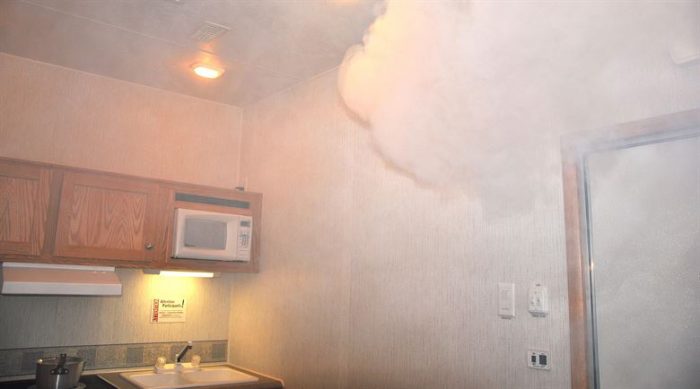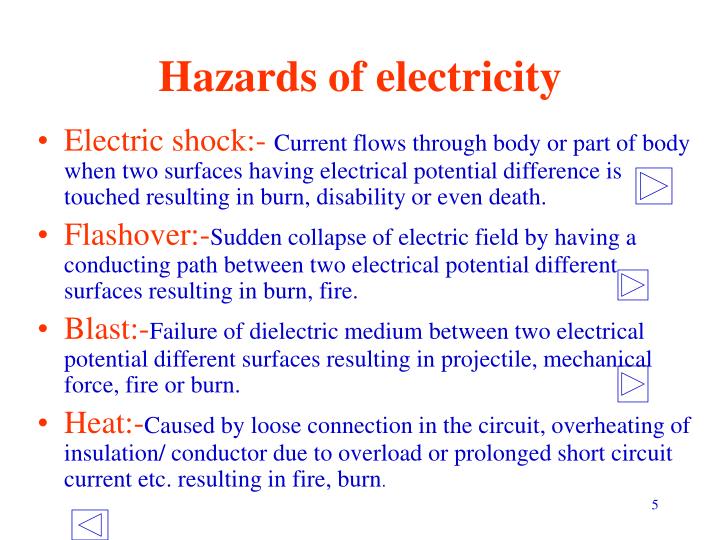

How much damage could occur depends on the substance’s composition and how much is released into the environment. This may then cause them to produce dangerous by-products before they decompose completely. Risks include:Įnvironmental: Explosive substances can slowly degrade in the environment. If a chemical reaction occurs, explosives can produce damaging forces that contain hazardous amounts of smoke, gas, heat and sound. These detonating substances are extremely insensitive and demonstrate a negligible probability of initiation that is accidental.Ĭlass 1 Explosives can cause catastrophic damage to human health, infrastructure and transportation if not properly controlled and regulated. Likewise, Division 1.6 Explosives carry both minimal sensitivity to ignition and will not produce a mass explosion. That’s why the stowage provisions for Division 1.5 substances are the same as Division 1.1 substances. However, if large quantities of these substances are transported by ship, there is a greater opportunity for detonation. An example of this blasting agent is an ammonium nitrate-fuel oil mixture that contains only ammonium nitrate in pellet form and fuel oil.

Although the substances have the potential to create a mass explosion hazard, they are so insensitive that the probability of detonation occurring is very little. Even if this occurs, the package they are being transported in largely confines any hazards from the explosion, such as large projectiles.ĭivision 1.5 Explosives have the potential to cause mass explosions (like 1.1 Explosives) but are inert in most conditions. These substances only present a small hazard if they are ignited during transport. Other examples include tracers for ammunition, certain types of fireworks and weapon cartridges, and distress signals. The final three divisions, 1.4, 1.5, and 1.6, carry lessened risks compared Division 1.1 explosives, but are still dangerous in their own right.ĭivision 1.4 substances, like those found in signal flares, cause minor explosion that are mostly contained to their own packaging. The flash powder used in pyrotechnics and fireworks is a common example of this type of explosive hazard. Similarly, Division 1.3 Explosives carry the threat of a fire hazard in addition to projection or explosive properties. Numerous forms of ammunition and grenades are designed to project harmful shrapnel upon explosive impact. For example, the risk from Division 1.2 Explosives comes from the substance’s tendency to emit dangerous projectiles with its explosive force. Not all Hazardous Waste Class 1 Explosives are dangerous due solely to their explosive properties. Likewise, trinitrotoluene (better known as “TNT”) is an example that is commonly utilized in a number of industries for its explosive properties. Gunpowder, certain fireworks and rocket fuel are easily recognizable examples of Division 1.1 Explosives. Even a small ignition source will cause the entirety of a Division 1.1 substance to react instantaneously with violent and terrible force. This can cause catastrophic damage to surroundings through high temperatures, speeds and pressures.ĭivision 1.1 Explosives are organized based on their potential to cause mass explosions. If the right circumstances present, explosives can react violently. The lower the division number, the higher the hazard the substance presents. This hazard is caused by a substance’s chemical and physical properties. These goods are sorted based on the predominate hazard of the dangerous substance. The Hazardous Waste Class 1 Explosives category is divided into six divisions. Regardless of the type of explosive, the danger they present requires special handling and disposal. Other substances carry inherent explosive properties due to their chemical makeup. So, if not properly controlled, these “dangerous goods” can present a hazard to human health and safety, either from a minor blast hazard or a mass explosion hazard. Many substances within this category are designed to cause an explosion. Department of Transportation’s Hazardous Waste Class 1 Explosives category contains a wide range of potential threats.


 0 kommentar(er)
0 kommentar(er)
